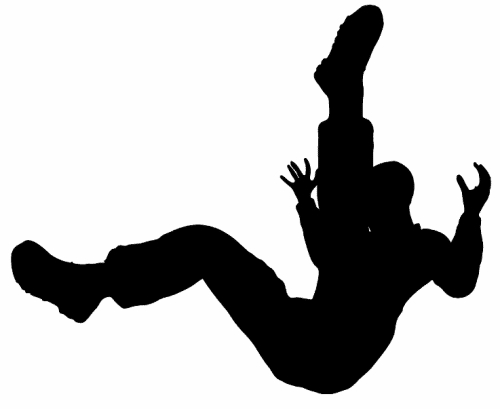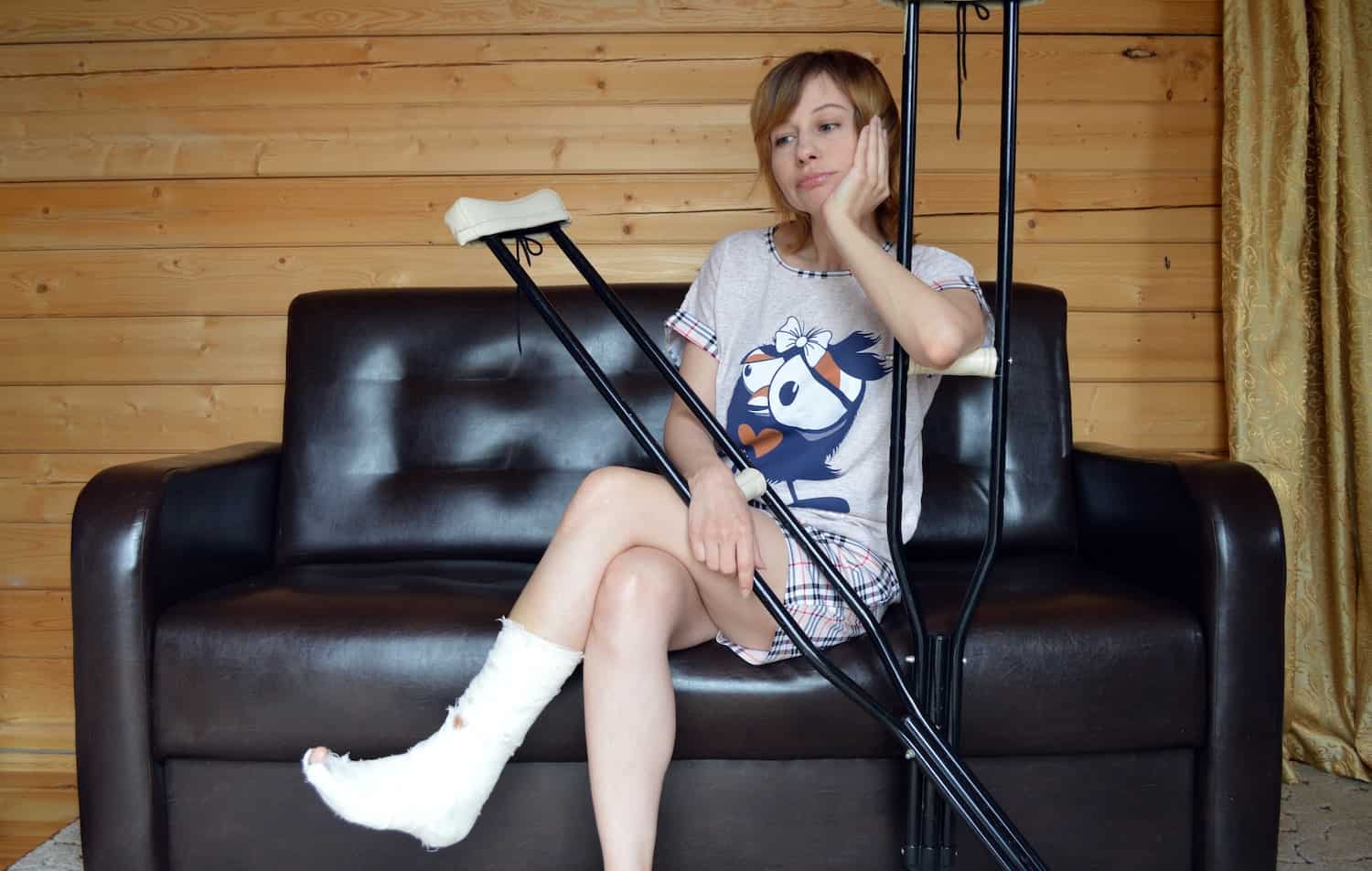Falls happen. Most of us have slipped on a wet floor or icy sidewalk, tripped on an uneven sidewalk or even fallen out of bed at some point in our lives. While these tumbles may be jarring, most don’t cause serious injury—or, any injury at all. We get up, shake it off, and go on with our days. Because most falls aren’t serious, we tend not to give much attention to questions like, “Who is to blame?”
The truth, though, is that a fall can be the result of negligence in one form or another. Sometimes, the person who fell was himself negligent. But sometimes, what seems like a simple slip and fall “accident” is the result of a breach of responsibility on someone else’s part.
Common Negligence-Based Slip and Fall Injuries
Some common types of slips, trips, and falls that are often attributable to someone else’s negligence include:
- If you slip on a snowy or icy walkway or porch which resulted from the unnatural accumulation of snow or ice.
- A slip and fall on a floor in a store or other public place that was left wet or slick after cleaning and does not have appropriate warnings posted
- If you slip and fall due to a spill in a retail store or restaurant that has not been cleaned up in a timely manner
- A trip on a broken or uneven sidewalk or floorboard
In these and other similar situations, the property owner or occupant may be in breach of his or her responsibility to keep the property safe for those who visit it. If negligent property maintenance or failure to provide adequate warning of hazardous conditions results in injury, the property owner or occupier will generally be liable to the injured party for damages.
Some damages commonly awarded in slip and fall cases include:
- Medical expenses
- Lost income
- Costs of rehabilitation
- Pain and suffering
Who is Entitled to Damages for a Slip and Fall Injury?
Generally, anyone who is rightfully on the property at the time of the injury may pursue a claim for damages, if he or she suffered harm as a result of the owner’s or occupier’s negligence. Some examples include invited guests, customers, delivery people, and people visiting areas generally open to the public. In Ohio, property owners also owe a limited duty of care to trespassers.
How Long Does a Slip and Fall Victim Have to File a Personal Injury Lawsuit?
The statute of limitations for most personal injury claims in Ohio is two years.
It is generally best to speak with an experienced Ohio slip and fall attorney as soon as possible after the injury, both to ensure that you don’t miss critical deadlines and to give your attorney the best possible opportunity to assemble evidence and build a compelling case on your behalf.
What if the Injured Person Was Also Negligent?
We live in an age of distractions. Sometimes, the person who slips and falls is partially responsible for his or her own injury. In Ohio, an injury victim who is partially responsible may still recover partial damages.
Pursuing a Slip and Fall Injury Claim
Successfully pursuing a slip and fall injury claim requires knowledge of Ohio’s premises liability law, the standard of care applicable to the property owner or occupier, the complicated procedural requirements associated with an Ohio personal injury claim. Expert witnesses may also be required to prove liability as well as medical and/or economic damages.
The information presented in this post is not legal advice and does not form a lawyer/client relationship. Laws and circumstances can differ and change.
Please contact us for a personal review of your situation.








